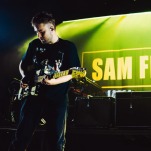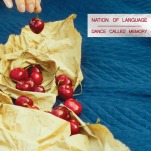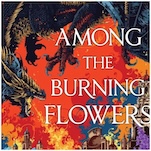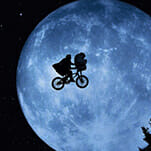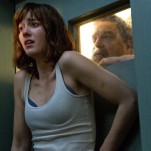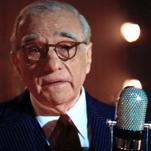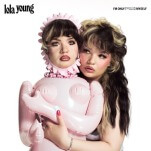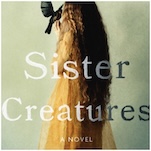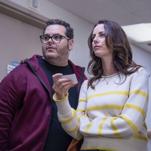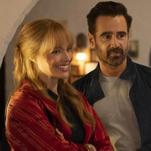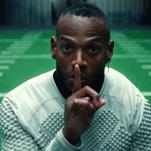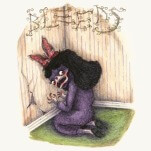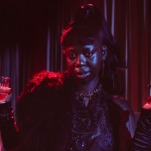Catching Up With The Strain Actor Drew Nelson
Every Sunday night your Twitter feed most likely gets infected with a little beast known as #TheStrain (or, if you’re tweeting with @BlackGirlNerds, #DatStrain). The new show from FX may appear to center around the ever-popular vampire plot, but with director Guillermo del Toro—and writers who were clearly fans of the original comics—The Strain offers a new and nuanced spin on the old, blood-sucking favorites. And clearly, the unique, character-based approach is working, because the show was just recently renewed for a second season.
Last week, we learned just how important the characters on the show have become, when Drew Nelson’s character—Matt Sayles, new boyfriend to the main character’s estranged wife—became the target of some serious social media (and YouTube) vitriol. It’s a testament to his performance that he could inspire so much, well, hateration. Paste caught up with Nelson earlier in the season to talk about working with one of the greats, and facing off with Corey Stoll.
Paste Magazine: You’ve worked with some great folks over the years. How does Guillermo del Toro stand out for you, among the other directors you’ve worked with?
Drew Nelson: He’s just so amazing at what he does. He’s a brilliant technician and builder of worlds. When you’re working with such a genius like that, you just put all of your trust into him—trust that he’s set this foundation for you. So it’s just about you showing up, and doing your best work.
As a director, he’s incredibly collaborative too. As much as he has his ideas set in stone for what he wants, he’s also very open to collaborating with his actors. It was really an incredible experience. And he’s a great guy to be around—so warm and open—always cracking jokes. He’s just a really easy guy to work with.
Paste: Were there any scenes in particular where you were able to give some feedback?
Nelson: In the pilot episode there’s the dinner table scene that I have with Natalie Brown—who plays Kelly—and Ben Hyland. We were just trying to figure out how to get that scene going. So I suggested that maybe I’d sort of be eating, and I’d have the momentum as if I’d already been talking. He was open to it, and it ended up going real well with the shot that he had set up. So there were small things like that.
Paste: I’m a big fan of Canadian directors like Denis Villeneuve and Philippe Falardeau. In your work, have you found major differences in Canadian media and American media?
Nelson: I’ve had the great fortune of working with a lot of great American and Canadian directors. I think the American directors are a little bit better at that back-and-forth collaboration process. When I’m on a Canadian set I feel like they just let me do my thing for the most part, and don’t have too much input to give—which I assume is because they like what I’m doing. As far as American directors go, I feel like I always develop a really nice rapport with them as people. And as directors I feel like they’re always open to trying stuff out, and going the distance on a take, if they need to, or dialing it down.
I hate to say this, but with the Canadian industry, everything is played a little too safely at times. Something happens in the editing room where the tension in a scene or the suspension just isn’t there in Canadian television, the way it is in American television. I don’t know if any of that makes sense.
-

-

-

-

-

-

-

-

-

-

-

-

-

-

-

-

-

-

-

-

-

-

-

-

-

-

-

-

-

-

-

-

-

-

-

-

-

-

-

-

